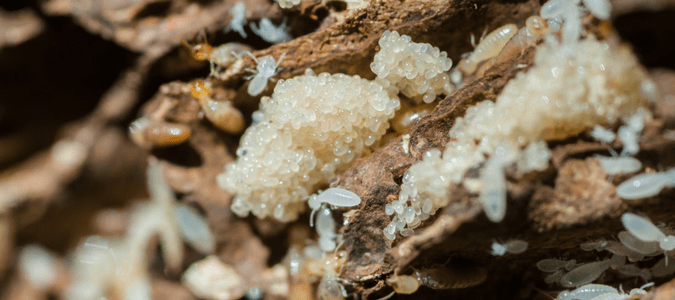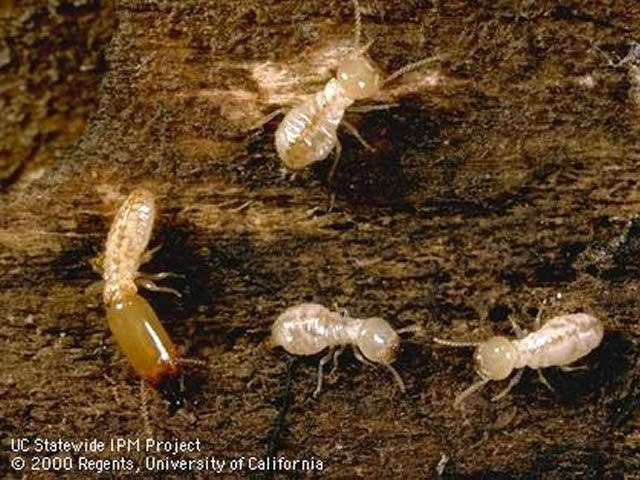

The total number of ethnic groups was 121, excluding Zanzibar and Madagascar where the ethnicities were not recorded. From 5 other respondents, the ethnic group was unknown. The total number of people interviewed was 302 from 27 different countries in sub-Saharan Africa of whom 21 were resource persons (experts without recorded ethnic affiliation). A part of the results obtained in 1995 on insects in general has been published, while the part on edible insects in general over both years (19) has been published in 2003. The interviews were conducted in the years 19 in Africa and concentrated on the traditional, nutritional and medical uses of arthropods and their products as well as on their role in religion, witchcraft, art, song, music, dance, children’s games, mythology and literature. The information was collected by reviewing the literature and by personal interviews. This was based on interviews in 27 African countries and literature reviews. The purpose of the study was to make an overview of how termites and termite mounds are utilized, perceived and experienced in daily life across sub-Saharan Africa. In the tropics, as a whole, termites are thought to constitute 10% of all animal biomass (up to 95% of soil insect biomass), and to impact carbon mineralisation (decomposition) to roughly the same extent as all mammalian herbivores and natural fires. They maintain a “garden” of specialised fungi of the genus Termitomyces which are eaten. Some species of termite practice fungiculture. They tunnel the soil, making it porous, aerated and enrich it with minerals and nutrients.

Termites play a major role in recycling wood and plant material. They mate and shed their wings to start new colonies. The future queens and kings have wings and they depart from the colony at the start of the rains after the dry season. The colonies are composed of casts: a queen, a king, soldiers and workers. A queen belonging to the family of Termitidae can grow up to 6 cm of length and produce 10 million eggs per year. 67, ) and more than 1.800 species have been described, many from Africa. The family Termitidae contains builders of great mounds, e.g. 32, ) Africa with more than 1000 species has the richest intercontinental diversity. The number of termite species in the world is more than 2500 (p. Termites also play a role as oracle, in superstitious beliefs, in art and literature. The mounds can serve as burying places and are often associated with the spiritual world, especially containing the spirits of ancestors. The act of eating soil (geophagy) among women, especially those that are pregnant, is practised all over Africa. Termite soil is often used as fertilizer. Mounds and soil of termites have numerous functions: for geochemical prospecting, making bricks, plastering houses, making pots, and for storage. The soldiers, the fungus gardens and the soil of termite mounds are used for multiple medicinal purposes. The mushrooms that grow each year from the fungus gardens on the termite mounds are eaten. Termites can also be used as feed for poultry or as bait to catch birds and fish.

There are many different ways to harvest them. Swarming reproductive, soldiers and queens are collected as food. Vernacular names relate to mounds, insects as food, the swarming, and the behaviour of termites.


 0 kommentar(er)
0 kommentar(er)
